Red Scare: The Sensational Trial of US-Russian Spy Nelson C. Drummond
Nelson C. Drummond was the first African American convicted of being a double agent for Moscow in an electrifying Cold War trial involving a miniature spy camera, a Central Park rendezvous, and an FBI agent hiding behind a bookshelf.
Drummond, a non-commissioned US Navy officer, was arrested by the FBI in a 1962 sting operation that unfolded during a period of extreme tension between the superpowers. Earlier that year, downed American U-2 pilot Francis Gary Powers had returned to the US in a spy swap with Soviet agent Rudolf Abel on Germany’s Glienicke Bridge - the focus of Tom Hanks’ movie Bridge of Spies.
Drummond’s arrest ensured the ‘Red Scare’ - the hysteria over the perceived threat posed by Communists in the US during the Cold War - was once again front-page news. He was accused of selling NATO and US defense secrets to the Soviets but Drummond’s first jury trial ended in a deadlock. A second jury convicted Drummond in 1963 of conspiring to commit espionage but not on a second count of passing intel to the Soviets, allowing him to narrowly avoid execution.
The legal twists and turns seemed to be ripped from the pages of a spy novel - one with an uneasy undercurrent. Drummond was arrested and charged at 4:20 am in a New York court before he could even speak to a lawyer. Were the charges politically motivated or was Drummond simply a dangerous traitor?
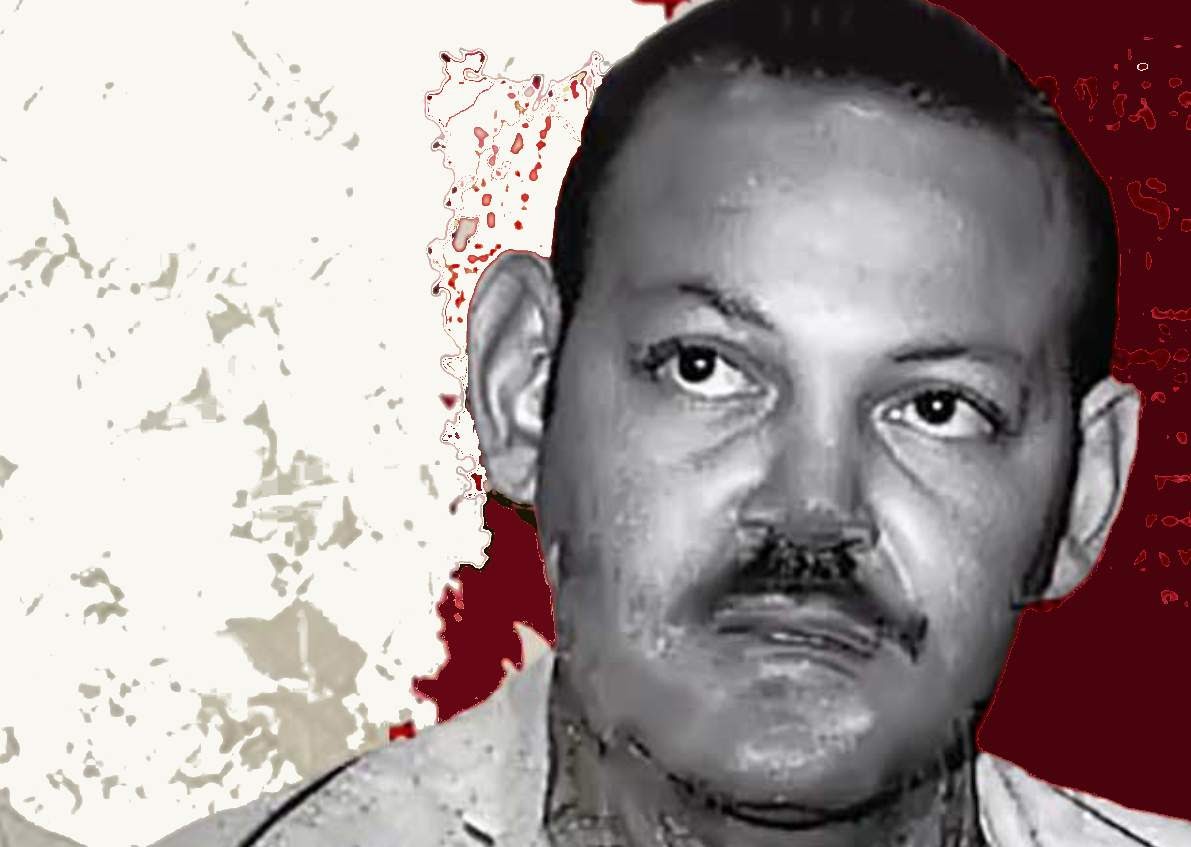
"The brand new social experience where you activate your gaming skills as you train like a spy."
- TimeOut
Take on thrilling, high-energy espionage challenges across different game zones.

Spy spotting
Drummond, a short, stocky man with a dark mustache, was born in Baltimore in 1929. He joined the US Navy and was stationed in London in the late 1950s when he was ‘spotted’ by Soviet agents.
He was a Yeoman First Class, an administrative assistant with access to NATO intelligence and a gambling habit that ensured he was chronically in debt. Moscow knew this when a friendly man struck up a conversation with Drummond one evening and offered money in exchange for favors. The man later revealed himself to be a Russian colonel.
“Drummond first procured a Navy identification card for the Soviet agent and was paid £250,” according to Justia’s legal portal. The payment was worth about $700 at the time, There was no turning back.

Russian tradecraft
Moscow trained their new spy in Soviet tradecraft including how to use hollowed-out magnets, flash paper, and invisible writing materials to pass along intel. He was set up with a Minox camera tiny enough to hide in a cigarette lighter.

In 1958, Drummond was told to make contact with Soviet agents in the US. He was to appear at 125th St. and 7th Ave in New York City at 9 p.m. on the first Saturday of the month wearing a horse head cufflink in his buttonhole. He would then walk south on 7th Avenue until someone asked for directions to the Savoy Ballroom.
The sting
The skullduggery continued when Drummond transferred home to the US. He’d drive to various locations between 20 miles and 100 miles away from his Newport base to meet Soviet agents, speeding along at 100mph to see if he was being followed. In fact, he was.
The Bureau suspected a document concerning US guided missile systems had been compromised and traced the breach back to Newport where Drummond was responsible for receiving and filing the classified material.

The FBI soon established that Drummond had a Minox camera, made frequent trips to New York City, and deposited cash in local banks on his return, according to a Naval Investigative Service Committee report. Drummond - now living well beyond his means - even bought a stake in a Newport bar and grill for $6,000, raising further suspicion.
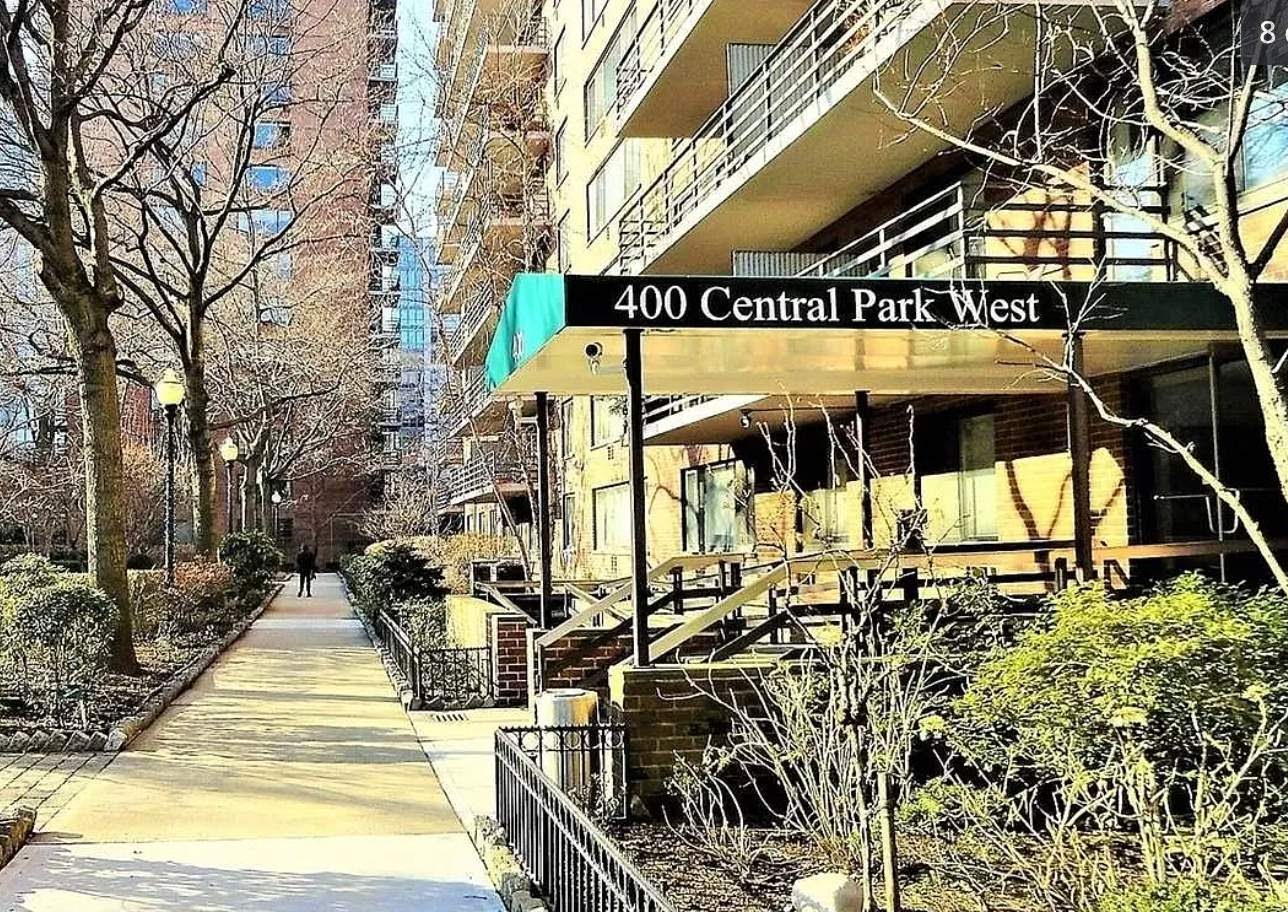
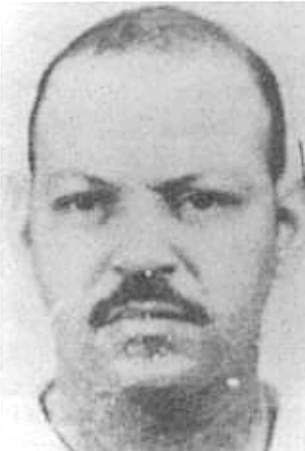
Catching Drummond in the act
Agents searched his office and discovered four classified documents were missing. They tailed Drummond’s car to a New York apartment block on Central Park West where they’d also photographed Soviet agents entering and leaving the building. (Drummond would later tell the FBI the meetings were at 400 Central Park West, apartment 12-R.)
Still, the evidence was largely circumstantial. The FBI wanted to catch Drummond in the act so they set up a hidden, closed-circuit television camera in his office.
At the end of a long workday in September 1962, two FBI agents monitored Drummond on TV while a third agent hid behind an office bookcase where he watched Drummond put classified files in a carrying case, according to official reports.
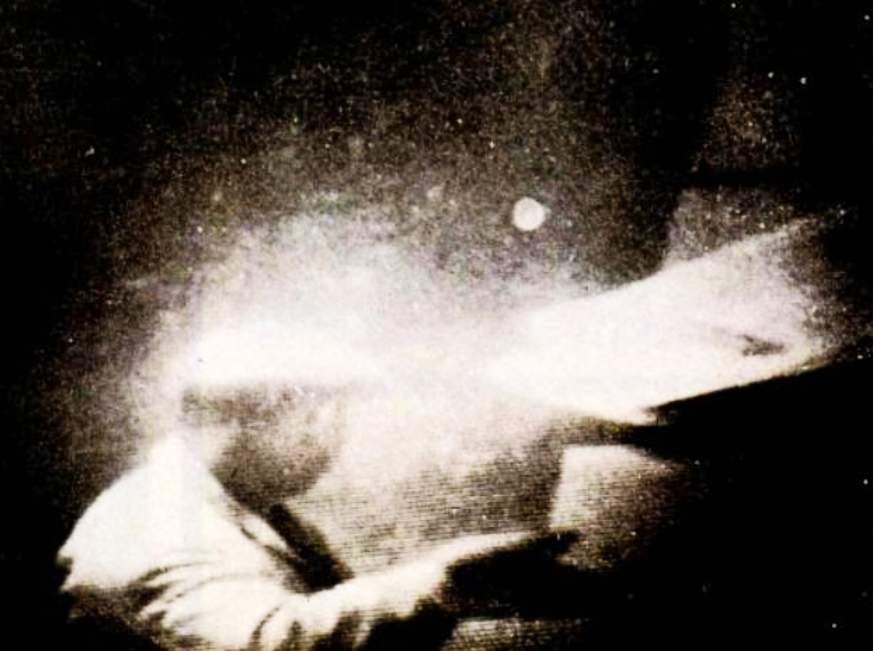
The end game
Drummond then drove to a diner in Larchmont, New York - a small, affluent town about 20 miles northeast of Manhattan - where he met two men, both known Russian GRU officers who were part of the Soviet Mission to the UN. The FBI moved in.
Evgeni M. Prokhorov was fingered as Drummond’s Soviet handler in New York. The US declared Prokhorov and Russian diplomat Ivan Vyrodov persona non grata and they were expelled in October 1962. Two other suspects - Vadim Vladimirovich Sorokin and Mikhail Stepanovich Savelev - had already left.
The FBI arrested Drummond at the Larchmont diner. He was accused of conspiracy to commit espionage and supplying classified documents to Prokhorov but pleaded not guilty, setting off the three-year court battle.
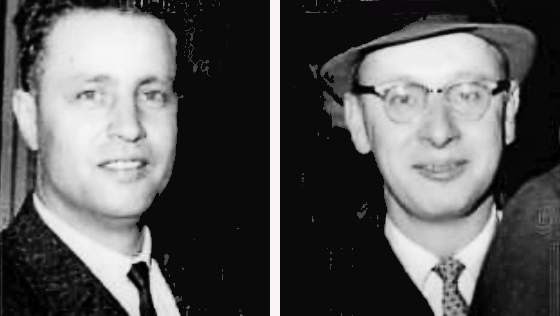
Drummond’s defense
The US suspected Drummond of selling classified national defense documents, including manuals for installation and maintenance of anti-submarine guided missiles, electric bomb fuses, and aircraft bombs.
During his second trial, Drummond admitted that he’d accepted $20,000 to supply intelligence to three Russians - known to him as Mike 1, Mike 2, and Mike 3 - but that none of the documents were classified.
Jurors weren’t altogether convinced. Drummond was convicted on one count of conspiracy and sentenced to life in prison. He appealed, arguing that he hadn’t spoken to a lawyer before his arraignment - a possible breach of his constitutional right. But judges decided he’d waived his right and cooperated freely by offering names, addresses, and details of his Soviet handlers.
With his legal appeals exhausted, Drummond made a desperate attempt to avoid prison by proposing he become a triple agent - this time spying on Russia for the US - but the offer was never taken seriously, The New York Times reported. He was imprisoned for life, a broken man.
"His motivation was greed for money,” the CIA concluded. “Money he needed to support his expensive vices."
SPYSCAPE+

Join now to get True Spies episodes early and ad-free every week, plus subscriber-only Debriefs and Q&As to bring you closer to your favorite spies and stories from the show. You’ll also get our exclusive series The Razumov Files and The Great James Bond Car Robbery!


Gadgets & Gifts
Explore a world of secrets together. Navigate through interactive exhibits and missions to discover your spy roles.
Your Spy Skills
We all have valuable spy skills - your mission is to discover yours. See if you have what it takes to be a secret agent, with our authentic spy skills evaluation* developed by a former Head of Training at British Intelligence. It's FREE so share & compare with friends now!
* Find more information about the scientific methods behind the evaluation here.


Stay Connected
Follow us for the latest
TIKTOK
INSTAGRAM
X
FACEBOOK
YOUTUBE